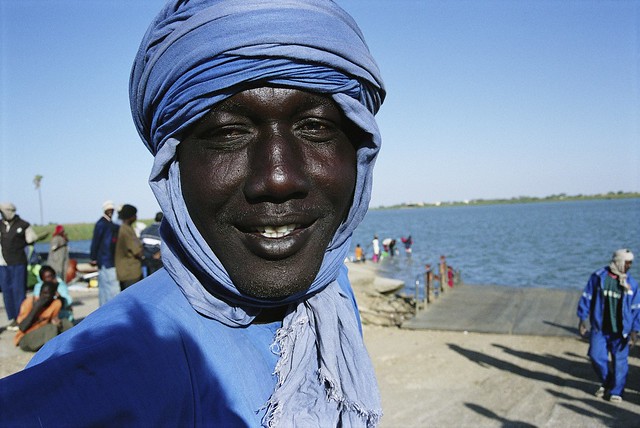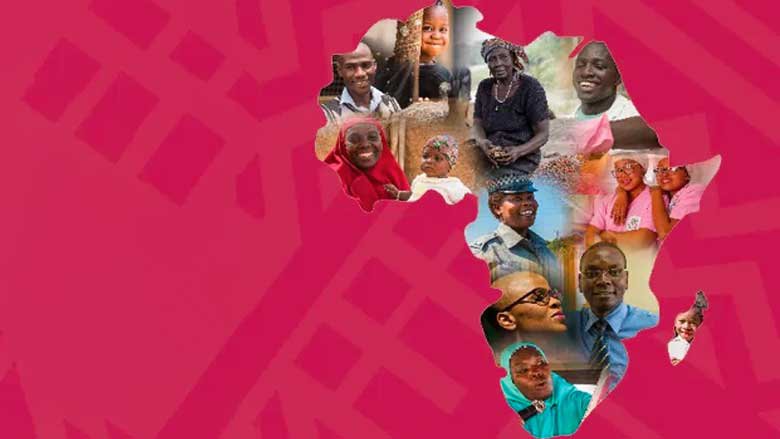About
Cameroon is a lower-middle-income country with a population of over 28.37 million (2023). Located along the Atlantic Ocean, it shares borders with the Central African Republic, Chad, Equatorial Guinea, Gabon, and Nigeria. Cameroon is endowed with rich natural resources, including oil and gas, mineral ores, and high-value species of timber and agricultural products, such as coffee, cotton, cocoa, maize, and cassava.
Political Context
Presidential and regional council elections are scheduled for October and December 2025. On August 5, the Constitutional Council of Cameroon validated twelve candidacies for the presidential election scheduled for October 12, 2025, including the candidacy of current President Paul Biya will be seeking an eight term.
Having enjoyed several decades of stability, Cameroon has in recent years been grappling with attacks by Boko Haram in the Far North and a secessionist insurgency in the Anglophone regions. Since September 2017, this situation has displaced more than one million people internally and around 431,530 refugees have sought shelter in Cameroon. Following the resurgence of the crisis in the Central African Republic since January 2021, over 6,000 Central Africans refugees fled to Cameroon’s East region which was already hosting over 67 % of Central African refugees. According to the UNHCR, as of March 2025, Cameroon is hosting over 431,530 refugees, primarily from the Central African Republic (67%) and Nigeria (29%) and other nationalities (4%).
Social Context
Poverty reduction in Cameroon has stagnated over the past 20 years, with approximately 4 in 10 Cameroonians living below the national poverty line. The household survey data from 2021-2022 suggests that 23.0% of the population lives below the extreme international poverty line.
Economy
Economic Overview
Cameroon’s real GDP grew by 3.5% in 2024, up from 3.2% in 2023, supported by better cocoa prices, higher cotton yields, and improved electricity for industry. However, average growth from 2021 to 2024 was just 3.4%, well below the 6.6% target set by the National Development Strategy due to infrastructure gaps, weak governance, low investment, and internal conflicts. GDP per capita in 2024 reached USD 1,467, surpassing pre-pandemic levels but not yet matching the 1986 high of USD 1,980. Growth is expected to gradually improve, provided industrial power supply and public investment increase. Inflation fell from 7.4% in December 2023 to 4.5% by end-2024 and 4.1% mid-2025, and is projected to reach 3% by 2027, thanks to tighter monetary policy and lower imported costs.
Despite weaker oil production, the current account deficit narrowed from 4.1 to 3.2 percent of GDP between 2023 and 2024, reflecting stronger agricultural exports and softer imports. The ratio of goods exports to GDP increased to 13.2 percent in 2024, up from 12.9 percent the previous year. However, this short-term improvement conceals a long-term decline in goods exports from 19.1 percent of GDP in 2012 due to internal crises, ongoing decline in hydrocarbon production, productivity constraints, and trade barriers among others. Over the past two decades, Cameroon's economy has seen a decline in the complexity of its export items, as evidenced by its drop from the 94th to the 120th position on the Economic Complexity Index (ECI).
As of end-2024, Cameroon’s general government debt reached 43.4% of GDP, up from 42.3% the prior year, with external and domestic debt at 29.0% and 14.4% of GDP, respectively. While Cameroon’s external debt stock indicators are below the sustainability threshold, its external debt service indicators - debt service-to-exports ratio and debt service-to-revenue ratio - remain above the threshold but on a downward trend.
Last Updated: Oct 07, 2025








